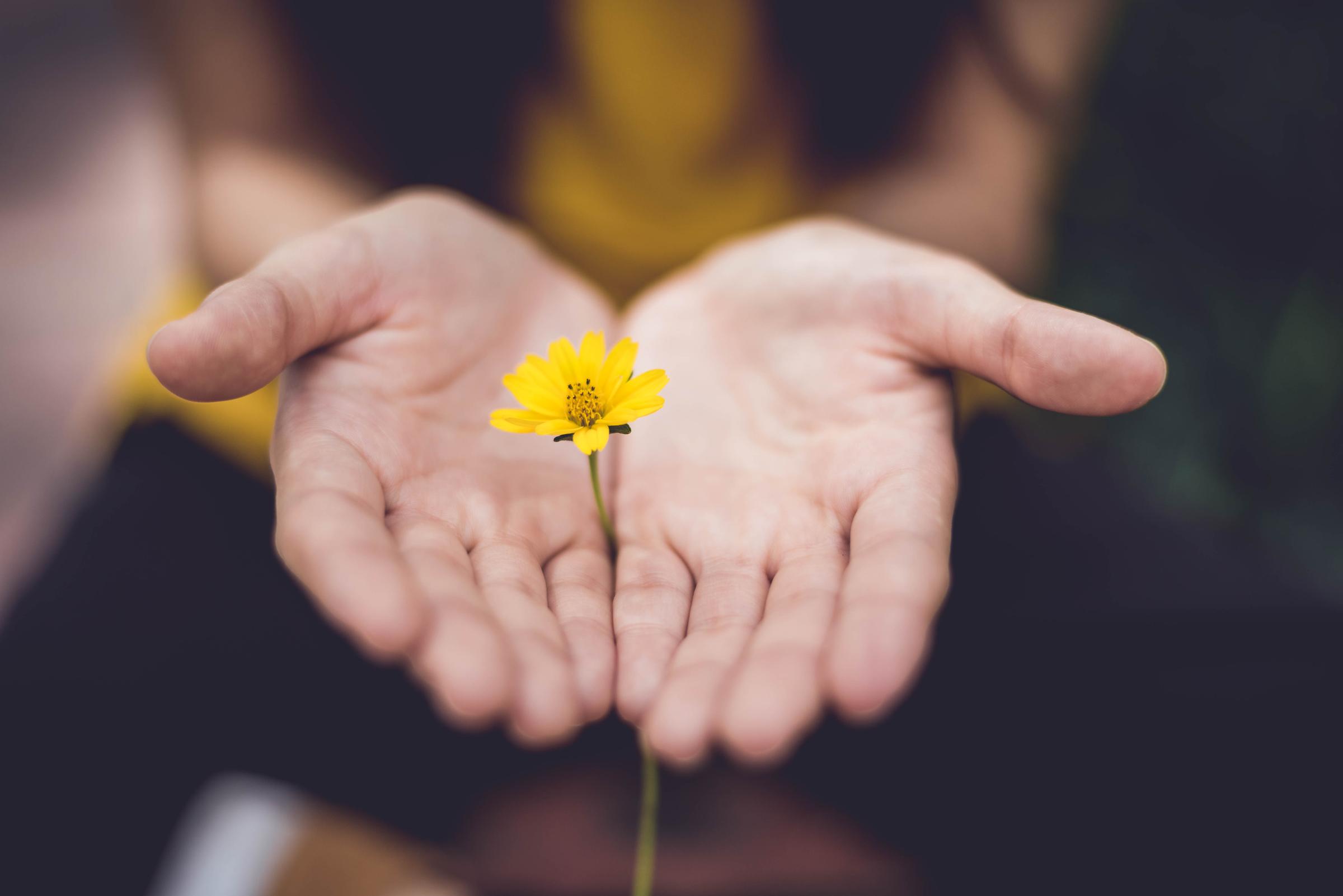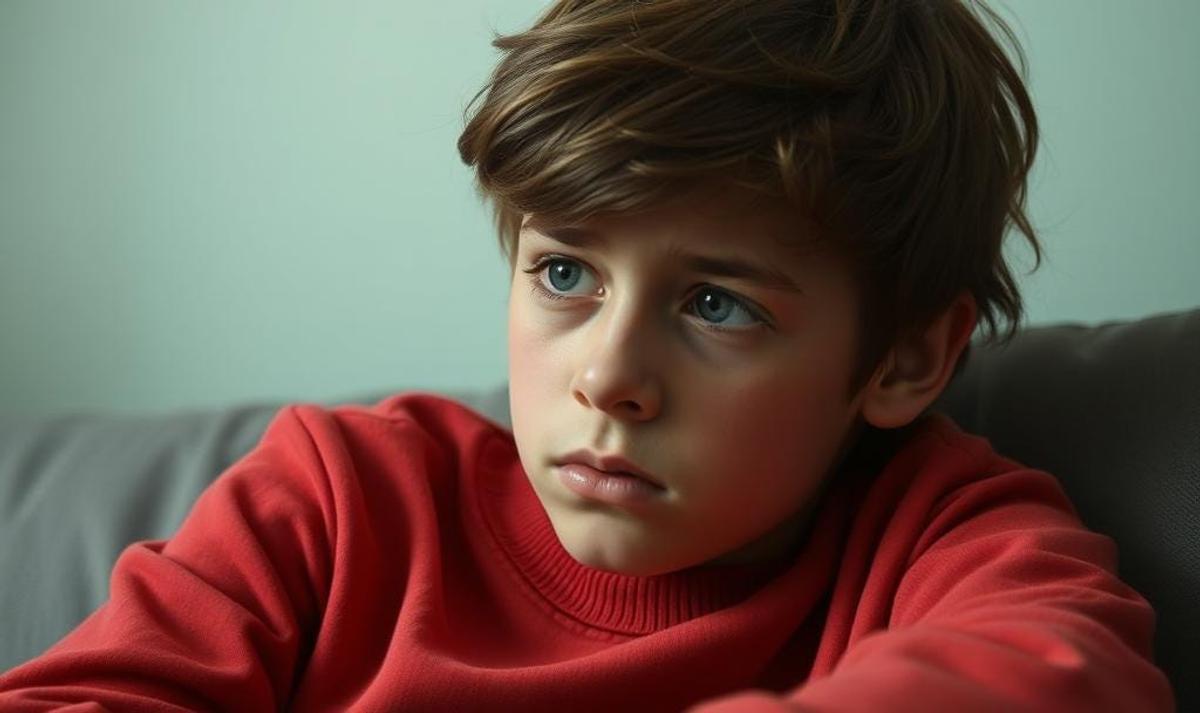Wellbeing

June 17, 2025
A Mental Health Care Kit to Protect Your Family: An Essential Guide
Ease the Pain of Anxiety, Sadness, Disappointment, Loneliness, Rejection and More with this Handy Support System
Every family has a first-aid kit handy when kids get into physical scrapes.
A band-aid, antiseptic cream and a warm hug are standard fare for playground cuts and bruises.
But what happens when your child experiences psychological or emotional scrapes?
Do you have a mental health toolkit ready when your child experiences anxiety, sadness, loneliness, negative thoughts, and other challenging emotions?
If not, it’s easily fixed.
Assembling a mental health first aid kit for your child is a straightforward process. The necessary materials are readily available. Gather them together and work with your child to create a handy mental health first aid kit.
These ideas, arranged under appropriate headings, will help you start:
Managing BIG emotions
Gather these materials and tools to help your child regulate their emotions and calm down when they’re upset.
1. Feelings Thermometer
This is a visual scale (you can create one together) with different colours or numbers indicating various levels of emotional intensity (e.g., 1 = calm, 5 = a little worried or sad, 10 = upset or angry). Help your child identify where they are on the thermometer to understand the intensity of their feelings.
How to Use:
When your child is feeling overwhelmed, ask them to point to where they are on the thermometer. This can help them label and acknowledge their feelings without judgment. Then, you can choose a tool from the kit that matches that intensity.
2. A Sensory Box
A small box filled with sensory activities they can choose from when feeling overwhelmed. This allows kids to regain composure through their senses. These can include:
- A colouring book and crayons
- A soft toy to hug
- A picture book to look through
- A fidget toy
- A calming sensory bottle (like a glitter jar)
- A list of simple calming activities (e.g., "Count to 10," "Take 5 deep breaths")
How to Use:
When your child needs to step away from a situation or calm down, encourage them to choose something from the basket.
3. A List of Safe Adults
Create a written or visual list of trusted adults (such as family members, teachers, or friends' parents) that your child can turn to when they need support.
Include phone numbers or other contact methods if applicable.
How to Use:
Remind your child that it's okay to ask for help and that these people care about them— discuss who they might call or talk to in different situations.
Managing Anxiety and Worries
Worry and anxiety are common emotional issues for kids. Gather ideas and tools to help bring them into the present, away from their future-focused thinking.
1. Breathing activities
When anxiety takes hold, the thinking parts of the brain go offline. Deep breathing helps calm the amygdala (the part of the brain that’s on high alert) and bring the problem-solving and thinking parts of the brain online.
Create cards featuring simple breathing activities, illustrated or described, such as square breathing, belly breathing, and blowing out a candle.
How to Use:
Practise deep breathing together so that your child is familiar with the physical sensations associated with it. Then, when your child feels anxious, encourage them to pick a card and practise the breathing exercise.
2. A Worry Journal
Create a dedicated notebook or sketchbook with your child, where they can write about or draw their worries.
How to Use:
Encourage them to get their worries "out of their head" and onto paper. You can decide together whether and when to discuss what they've written or drawn.
3. Mindful Meditations
Mindfulness is a practical tool for bringing your child’s mind into the present moment.
There are various practices you can engage in with your child. I recommend the Smiling Mind and Headspace Apps as they are produced by nationally recognised, research-based mental health authorities and provide a wide range of mindful exercises for children and teenagers.
You can also create a list of mindful activities that your child can use when they feel anxious or overwhelmed.
How to Use:
When your child is feeling anxious about the future, encourage them to choose a mindfulness activity that they are familiar with and practise it in a quiet space.
Managing Sadness and Disappointment
These two emotions can be difficult for children and teens to manage. These tools will help them cope with these uncomfortable feelings, lowering levels of distress.
1. A Comfort Kit
Create a collection of comforting items such as a soft blanket, a favourite stuffed toy, a cherished photo, or a calming scent (like a lavender sachet). Older children and teenagers might use a stress ball, pillow, or scented oil to assist them in coping.
How to Use:
When your child is feeling sad or disappointed, encourage them to use something from their comfort kit to feel soothed.
2. Happy Days Box
Encourage your child to write down happy memories and collect photos, then place them in an old shoe box that they can decorate.
How to Use:
When feeling down, they can pull out a memory from the box to remind themselves of positive experiences.
3. Movement List
Create a list of calming physical activities, such as stretching, gentle rocking, or taking a slow walk outside.
How to Use:
Suggest these activities when they are feeling sad, as physical movement can sometimes help shift their mood.
Managing Feelings of Rejection or Loneliness
Friends offer genuine Ying and Yang experiences for children. They are sources of immense joy but can also bring pain when relationships break down. These activities will help children cope with feelings of loss, loneliness, and rejection.
1. Friendship Framework
Together, brainstorm the qualities of a good friend and record them on a sheet of paper. These typically include traits such as kindness, reliability, and trustworthiness. Cut the sheet into individual terms and place them in a large envelope.
How to Use:
When feeling lonely or rejected, retrieve the words from the envelope to remind them of what positive friendships look like and that they possess these qualities, too.
2. Connection Starters
List simple conversation starters they can use when they want to connect with others (e.g., "What's your favourite game?", "Can I play with you?", "I like your...").
How to Use:
Practise using these conversation starters in role-playing scenarios.
3. Belonging Builders
With your child’s help, create a list of group activities they enjoy, where they can connect with others who share similar interests. This could be sports teams, clubs, or art classes.
How to Use:
Create a montage of these activities. Use this montage to stimulate a discussion about interest groups they may wish to join.
Managing Negative Thinking
Pessimism and negative thinking can become reinforcing loops that are difficult for kids to break. When they continually look for the negative aspects of anything, they generally aren’t disappointed. These tools will be essential additions to your child’s mental first aid kit.
1. Affirmation Station
Pessimists and negative thinkers often struggle to recognise the good in themselves. At the risk of sounding too Pollyannaish, create a display of positive affirmations that your child can use, particularly when they are feeling down on themselves.
These typically begin with “I am…” , “I can….” or “I have…. (e.g., "I am capable," "I can speak in front of other," "I have many good friends").
How to Use:
Encourage them to look at and repeat these affirmations regularly.
2. Become a Thought Detective
Many children have difficulty distinguishing between thoughts and facts. When something unpleasant occurs, they often believe they are to blame, or they think they understand how others perceive them. Assist them in differentiating between a thought and a fact by creating a list of statements about themselves that are factual and a list that are merely thoughts.
Ask "What's the evidence for that?"
Help them look for facts rather than just feelings.
How to Use:
Encourage them to think more objectively about their thoughts, especially when those thoughts are negative.
3. Play the Reframe Game
Create a list of negative statements. They can be personal and silly. “That’s the worst thing that ever happened.” “ My team lost the grand final again.”
Practice flipping negative statements into positive ones (e.g., The next thing that happens will be better." "Losing makes winning so much better.”
How to Use:
When your child is feeling down, sit with them and have some fun reframing negative statements into positive ones. This will teach them how to be positive thinkers while also building their coping skills.
Essential Tips for Using this First Aid Kit
When creating and using this mental health first aid kit, keep the following six tips in mind:
- Make it Accessible: Keep the kit in a place where your child can easily reach it.
- Use it Together: Introduce each tool when your child is calm and practice using them together.
- Be Flexible: Allow your child to choose which tools work best for them in different situations.
- Normalise Feelings: Remind them that it's okay to have big feelings and that the kit is there to help.
- Praise Effort: Acknowledge their efforts in using the tools, even if they don't feel better straight away.
- Review and Adapt: As your child grows, revisit the kit together and add or remove items as needed.
This comprehensive kit provides various strategies to support your child's emotional well-being as they navigate the different challenges that may arise during the 5- to 12-year age range.
Keep in mind that your love, support, and open communication are the most essential elements of their mental health first aid.





